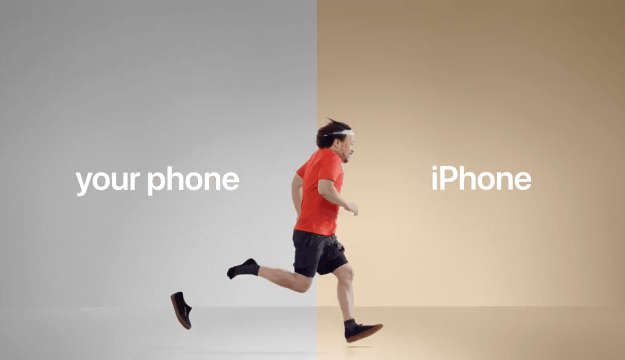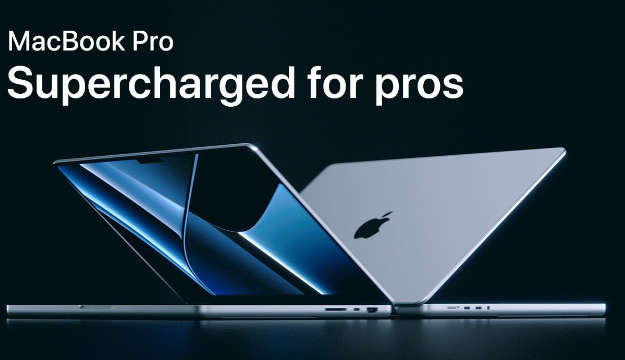There is a false belief, very widespread in business, regarding marketing and advertising: images, texts and logos, advertisements, are the most important ways for a company to position itself in the market.
It’s not quite like that.
Communication is one of the essential factors, a complement in the business process. But it is not the only one.
From my standpoint, a good marketing system produces interest, motivates and reinforces the image of a brand. However, it does not, by itself, sustain it over time.
A brand that does not deliver on its promises cannot possibly have long-term business viability.

And those promises are to deliver the promised service or functionality. Preferably, exceeding customer expectations.
The ideal is to create companies from the inside out.
This means, conceptually, defining how the company will serve its customers; what will be its value proposition that differentiates it in its market, what will be the key activities and resources that will bring its products or services to life.
Perceived quality is the main factor in the generation of successful brands.

And I ask the reader to remember a brand of his or her preference. Is the logo of that brand essential, I don’t think so.
The essence of a brand lies in satisfying the expectations, needs and desires of its customers.
I love Apple products, their technological soundness, their solid software systems, their design and finishes. And every time I look at the Apple logo, their advertising or commercials, I am reminded that they have always exceeded my expectations.

This is the key to great brands.
Therefore, my recommendation is, first, to focus on how to produce high quality services or products. So that the public perceives them as special, unique and highly satisfactory.
In a Branding Plan, one of the first sections calls for:
“List three ways your company will generate perceived quality.”
If we were Apple, what could we list… let’s speculate:
- To design unique items that extend human capabilities.
- Manufacture durable, solid products.
- Facilitate its use through user-friendly and secure software.
It could be, or at least, what I feel and think about the Apple brand.
The second part of the branding formula is marketing and communication.
Now, the advantage of having done a conceptual planning work first, such as a Business Plan or Model, or a Branding System, is that, having defined the characteristics of the product or service, the development of a brand and its communication system will be greatly facilitated.

An infinite number of resources can be used in words, graphics and images. The offer is unlimited.
But implementing a value-added messaging system requires detailed analysis, creative work and the ability to write messages that are special and not trite.
Often, when a brand exaggerates in its communication, it achieves detrimental results; people notice this and, by not buying or recommending the brand, reject the exaggeration.

Years ago, I read a recommendation, “Under-promise and over-deliver.”
The most important portion of brands resides in people’s hearts and minds.
The logo or your ads will trigger the memory of your consumer experience.
If the experience was bad, neither the prettiest logo nor the most fantastic promise can do anything against mediocre products or services.
The largest component of brands is generated within companies, in their production, service and delivery processes.
It is common sense.





